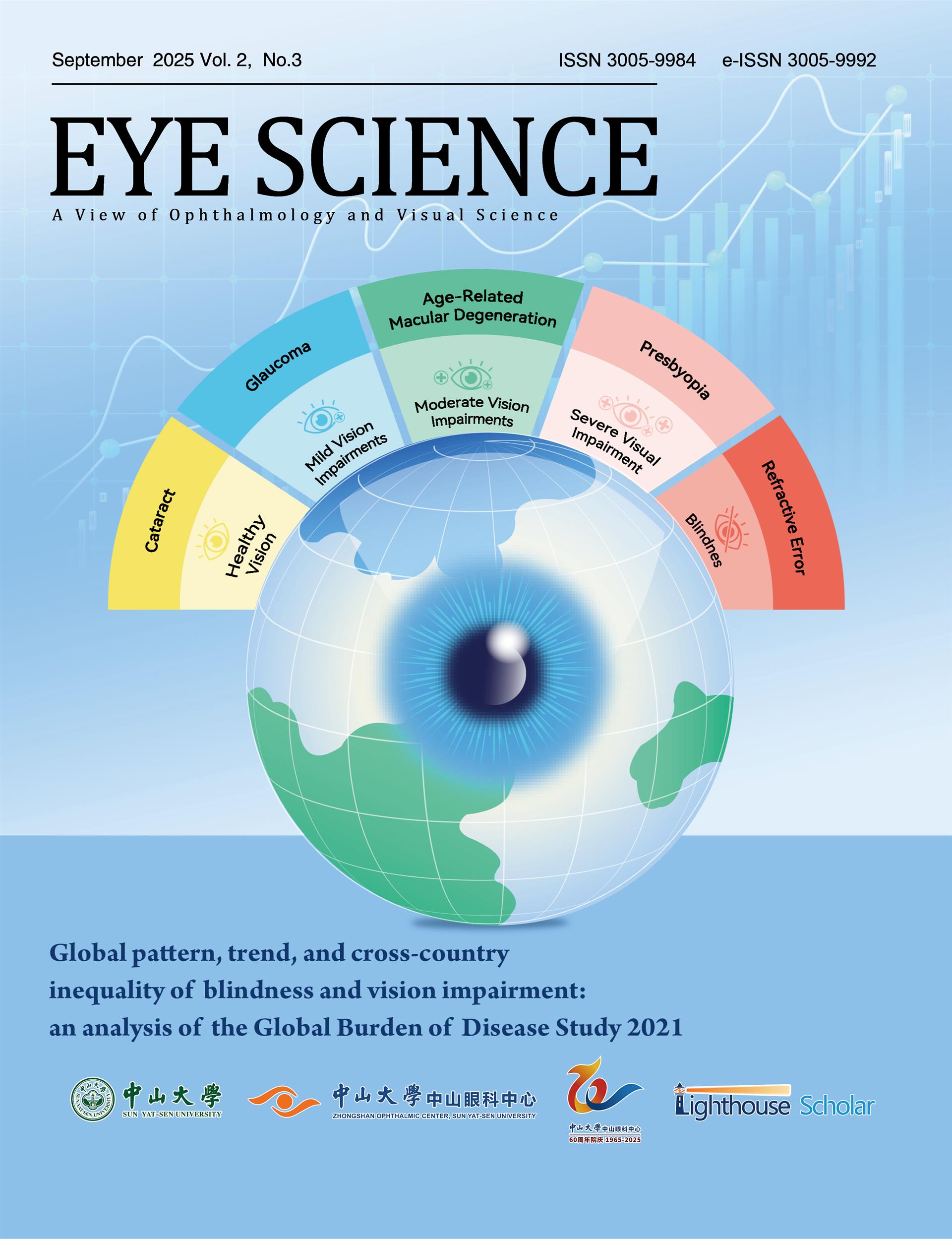Purpose: To identify plasma proteins that are causally related to primary open-angle glaucoma (POAG) for potential therapeutic targeting. Methods: Summary statistics of plasma protein quantitative trait loci (pQTL) were derived from two extensive genome-wide analysis study (GWAS) datasets and one systematic review, with over 100 thousand participants covering thousands of plasma proteins. POAG data were sourced from the largest FinnGen study, comprising 8,530 DR cases and 391,275 European controls. A two-sample MR analysis, supplemented by bidirectional MR, Bayesian co-localization analysis, and phenotype scanning, was conducted to examine the causal relationships between plasma proteins and POAG. The analysis was validated by identifying associations between plasma proteins and POAG-related traits, including intraocular pressure (IOP), retinal nerve fibre layer (RNFL), and ganglion cell and inner plexiform layer (GCIPL). By searching druggable gene lists, the ChEMBL database, and the ClinicalTrials.gov database, the druggability and clinical development activity of the identified proteins were systematically evaluated. Results: Eighteen proteins were identified with significant associations with POAG risk after multiple comparison adjustments. The ORs per standard deviation increase in protein levels ranged from 0.39 (95% CI: 0.24–0.62; P = 7.70×10-5) for phospholipase C gamma 1 (PLCG1) to 1.29 (95% CI: 1.16–1.44; P = 6.72×10-6) for nidogen-1 (NID1). Bidirectional MR indicated that reverse causality did not interfere with the results of the main MR analyses. Five proteins exhibited strong co-localization evidence (PH4 ≥ 0.8): protein sel-1 homolog 1 (SEL1L), tyrosine-protein kinase receptor UFO (AXL), nidogen-1 (NID1) and FAD-linked sulfhydryl oxidase ALR (GFER) were negatively associated with POAG risk, while roundabout homolog 1 (ROBO1) showed a positive association. The phenotype scanning did not reveal any confounding factors between pQTLs and POAG. Further, validation analyses identified nine proteins causally related to POAG traits, with five proteins including interleukin-18 receptor 1 (IL18R1), interleukin-1 receptor type 1 (IL1R1), phospholipase C gamma 1 (PLCG1), ribonuclease pancreatic (RNASE1), serine protease inhibitor Kazal-type 6 (SPINK6) revealing consistent directional associations. In addition, 18 causal proteins were highlighted for their druggability, of which 5 proteins are either already approved drugs or in clinical trials and 13 proteins are novel drug targets. Conclusions: This study identifies 18 plasma proteins as potential therapeutic targets for POAG, particularly emphasizing the role of genomic and proteomic integration in drug discovery. Future experimental and clinical studies should be conducted to validate the efficacy of these proteins and to conduct more comprehensive proteomic explorations, thus taking a significant leap toward innovative POAG treatments.

















